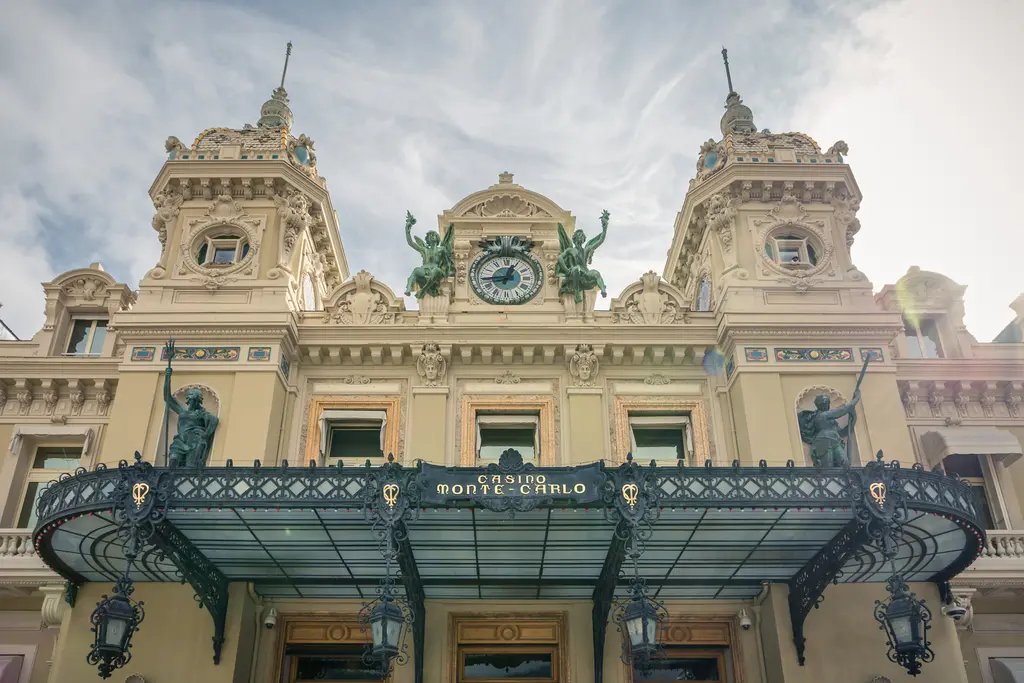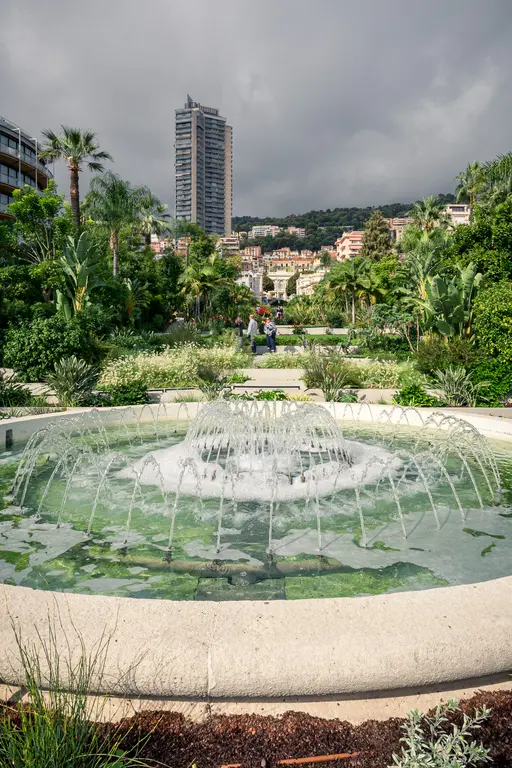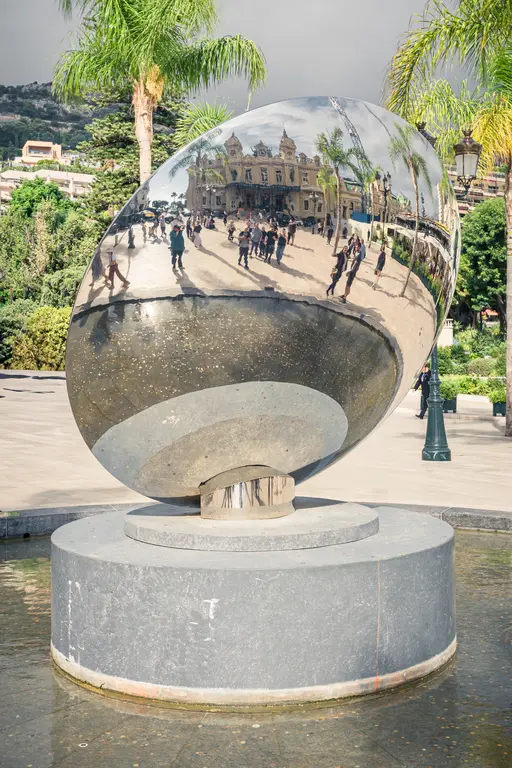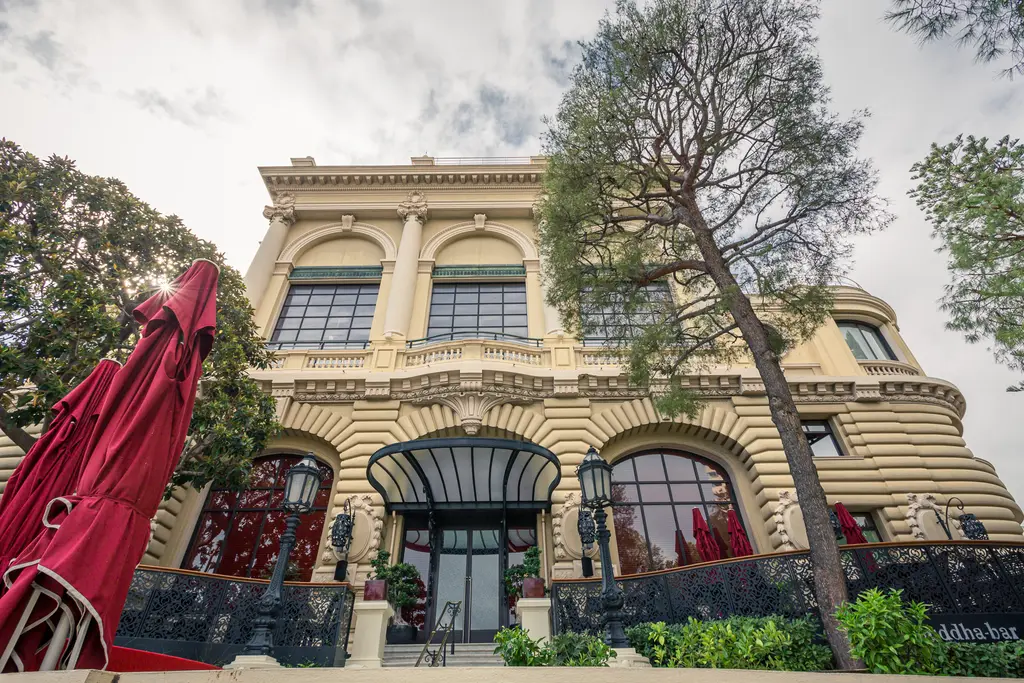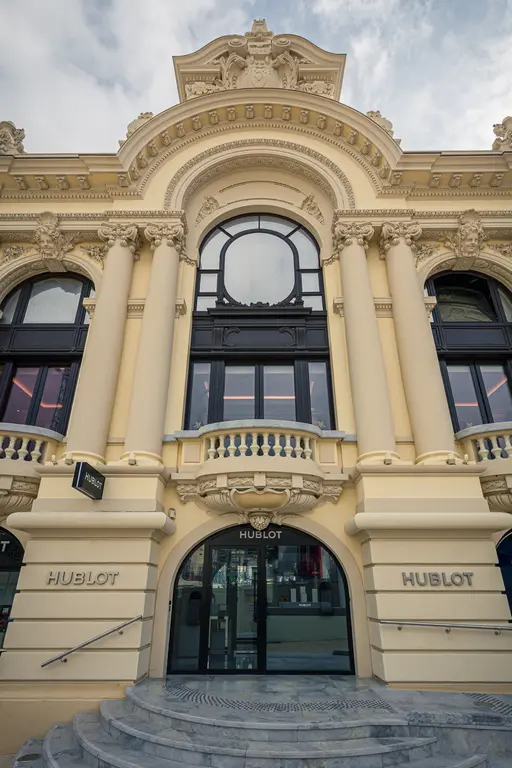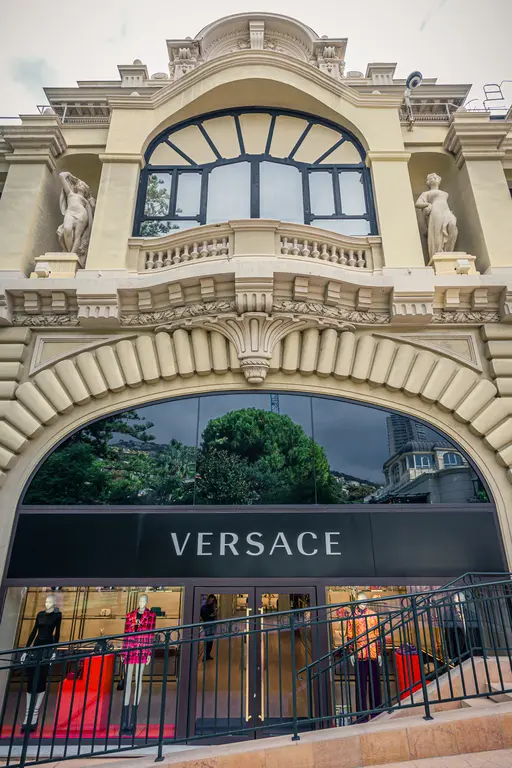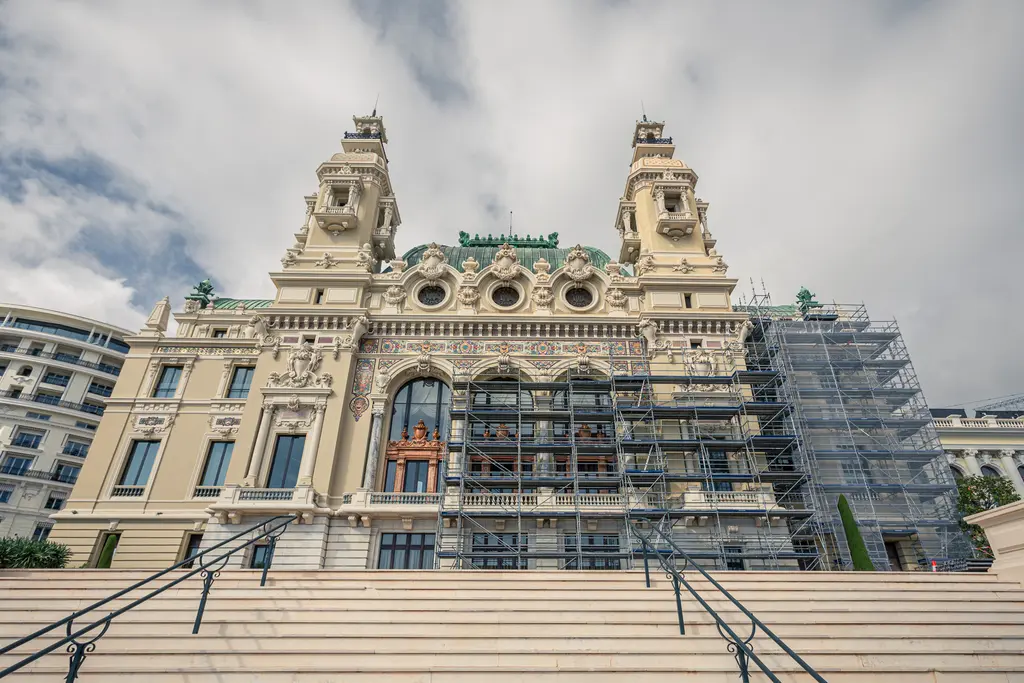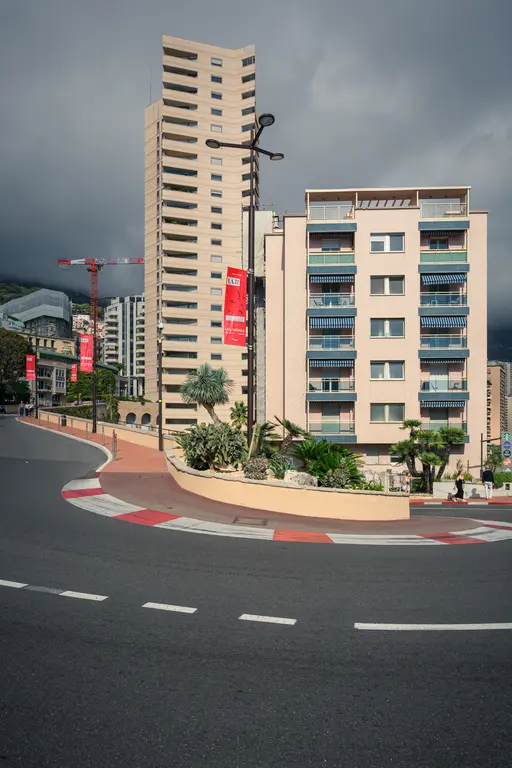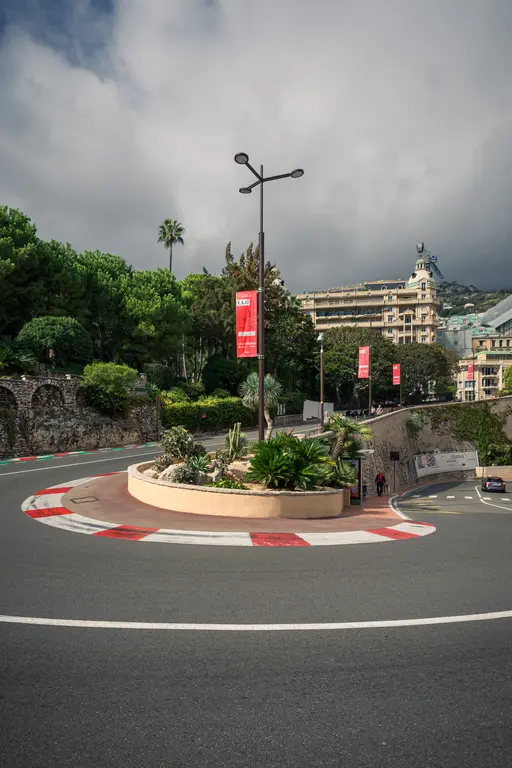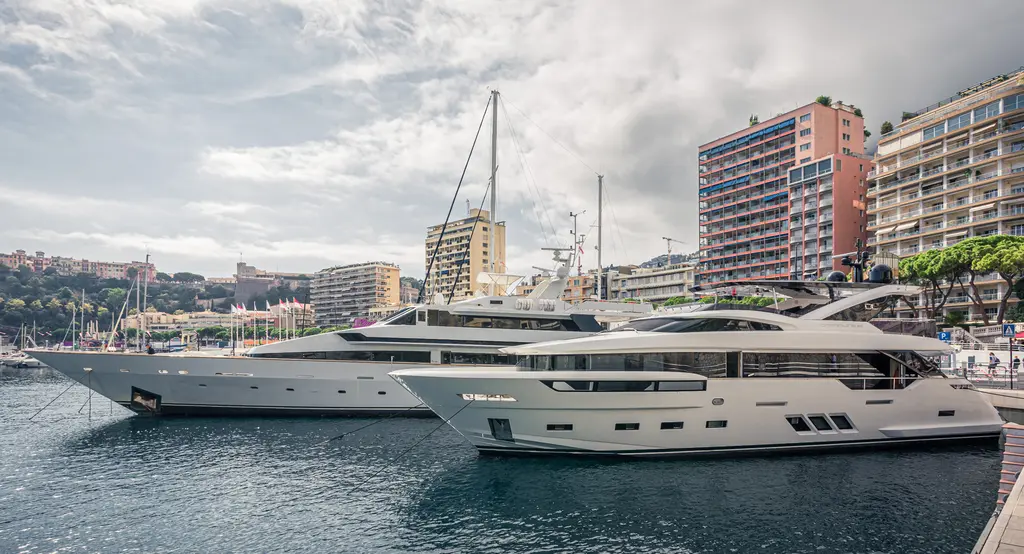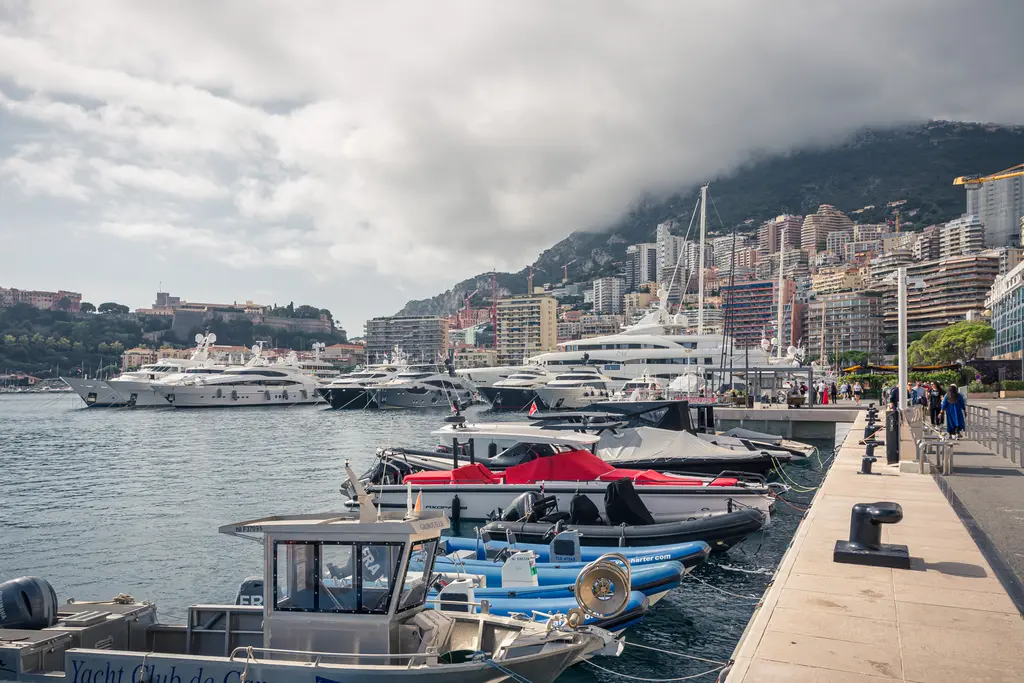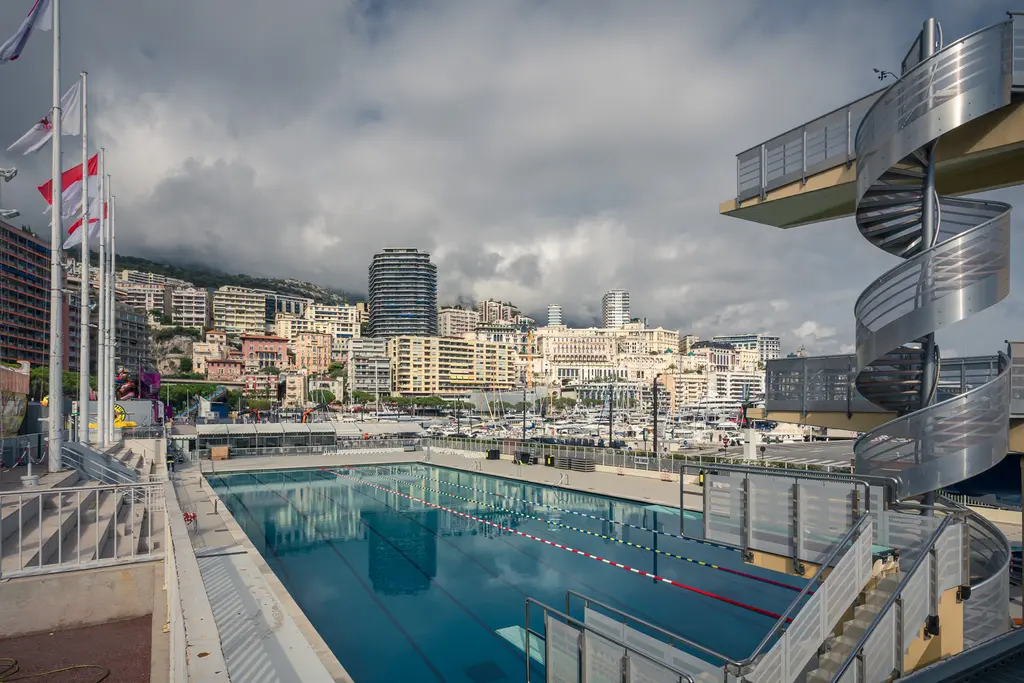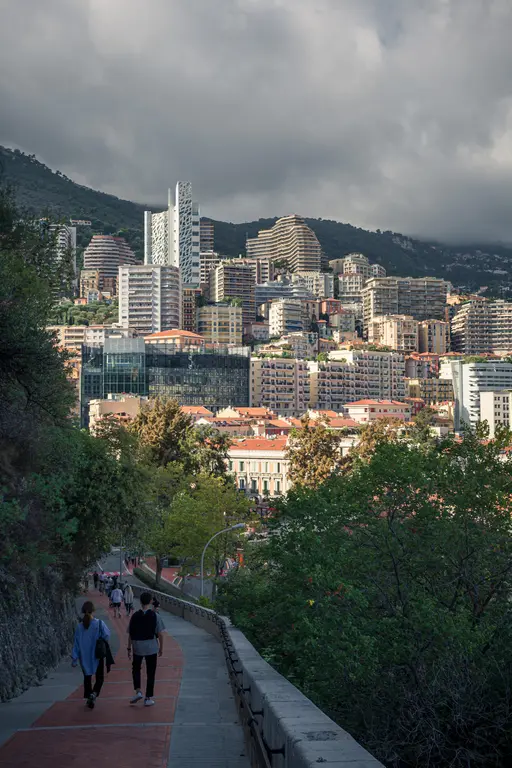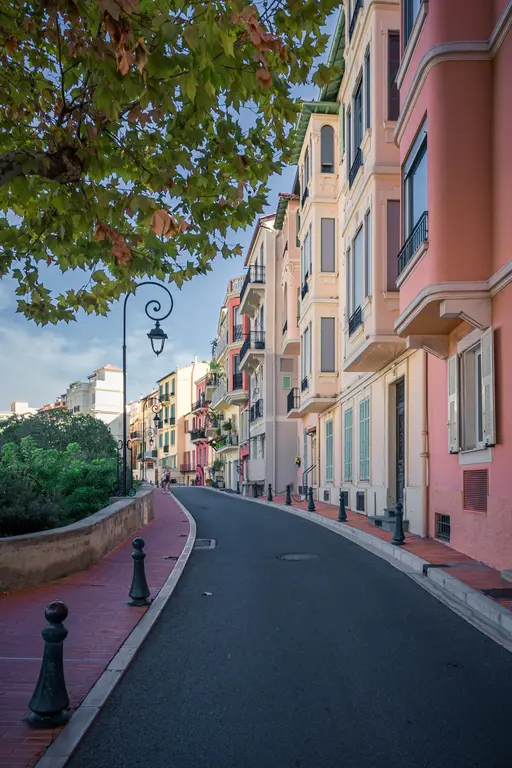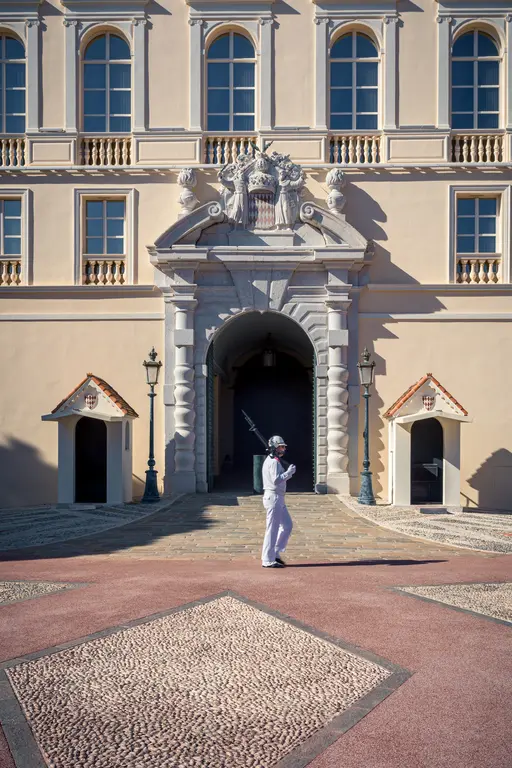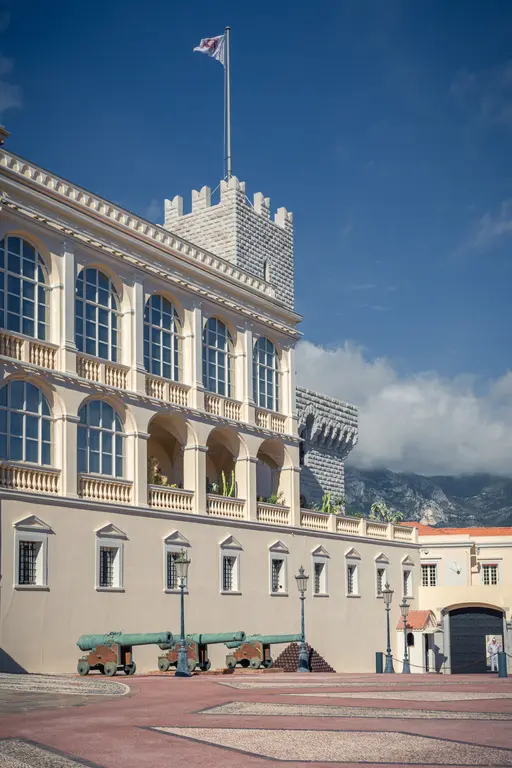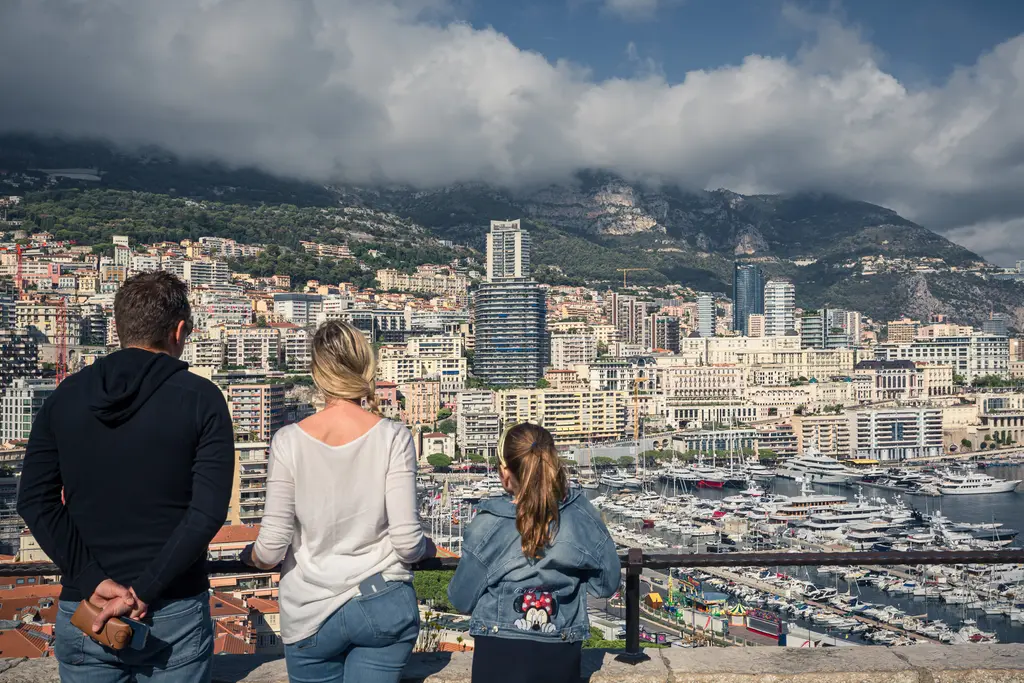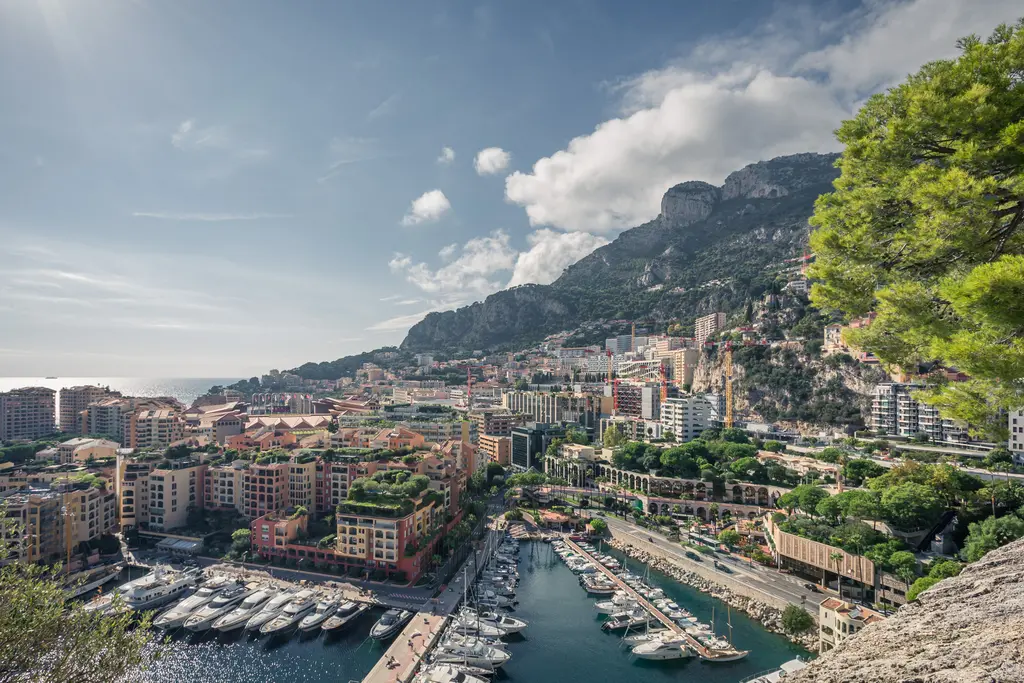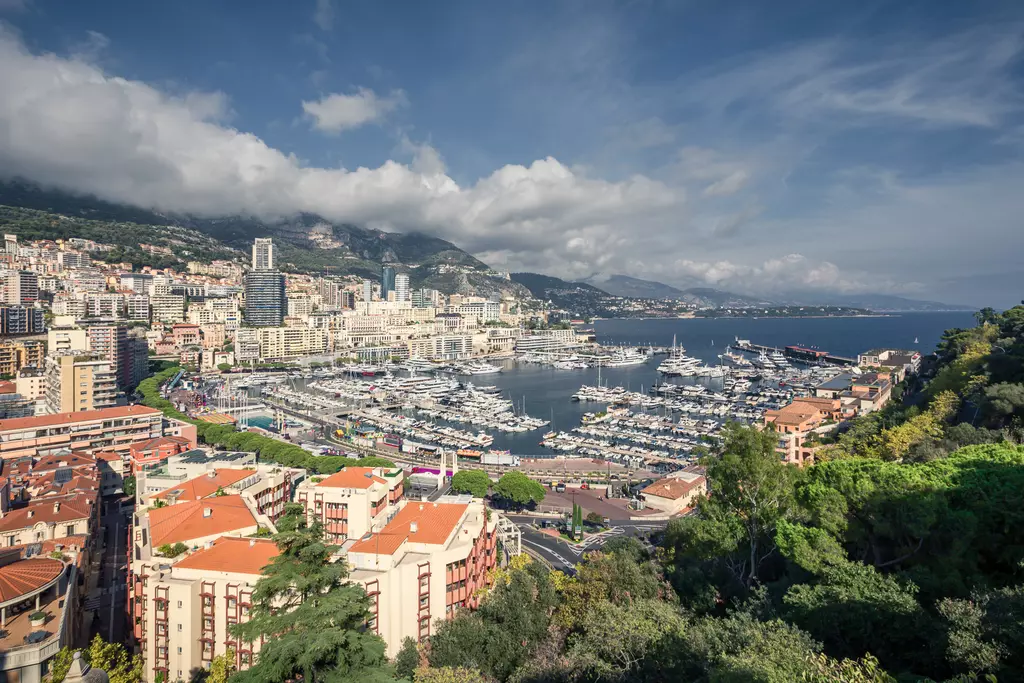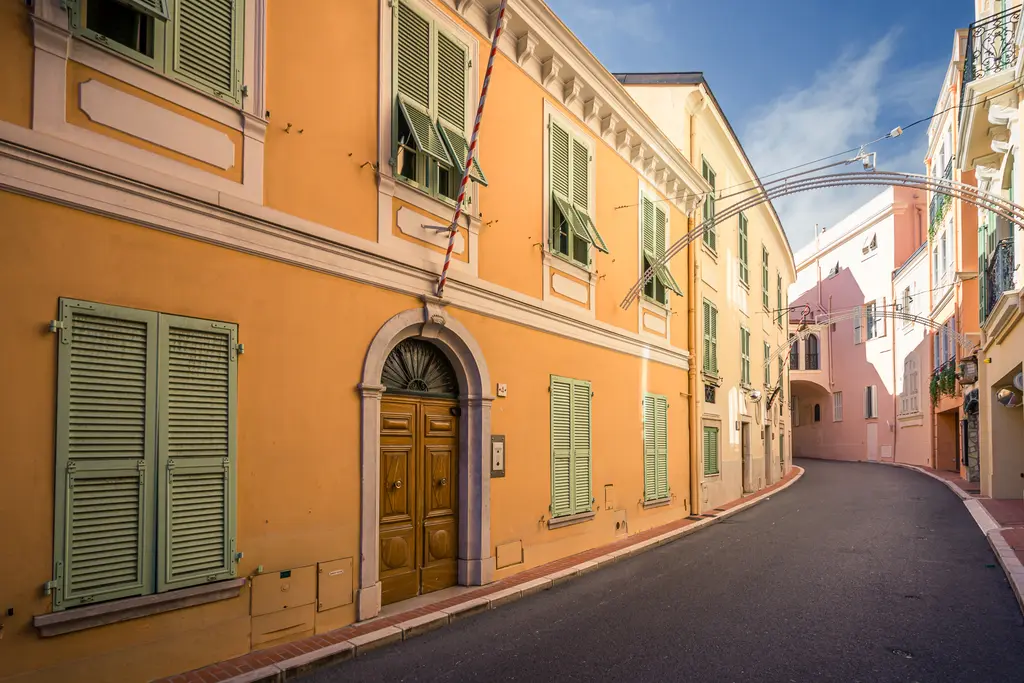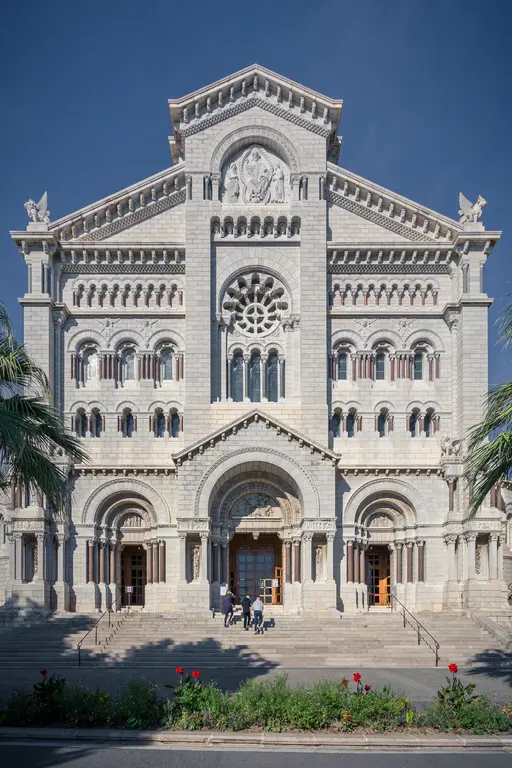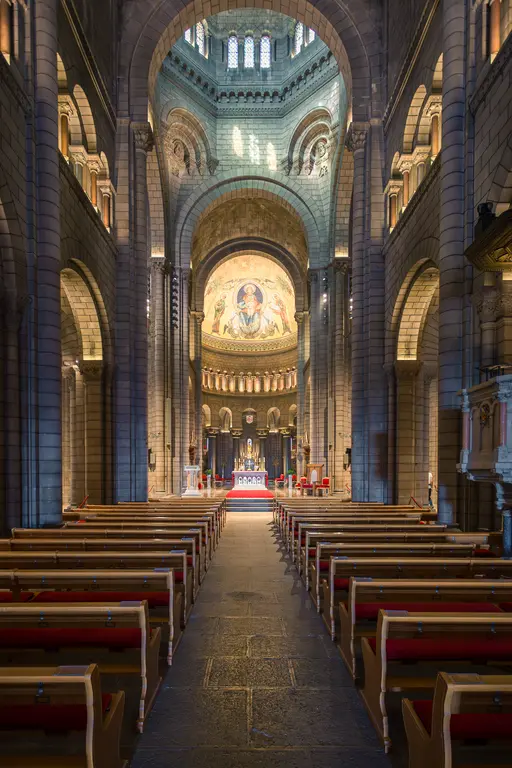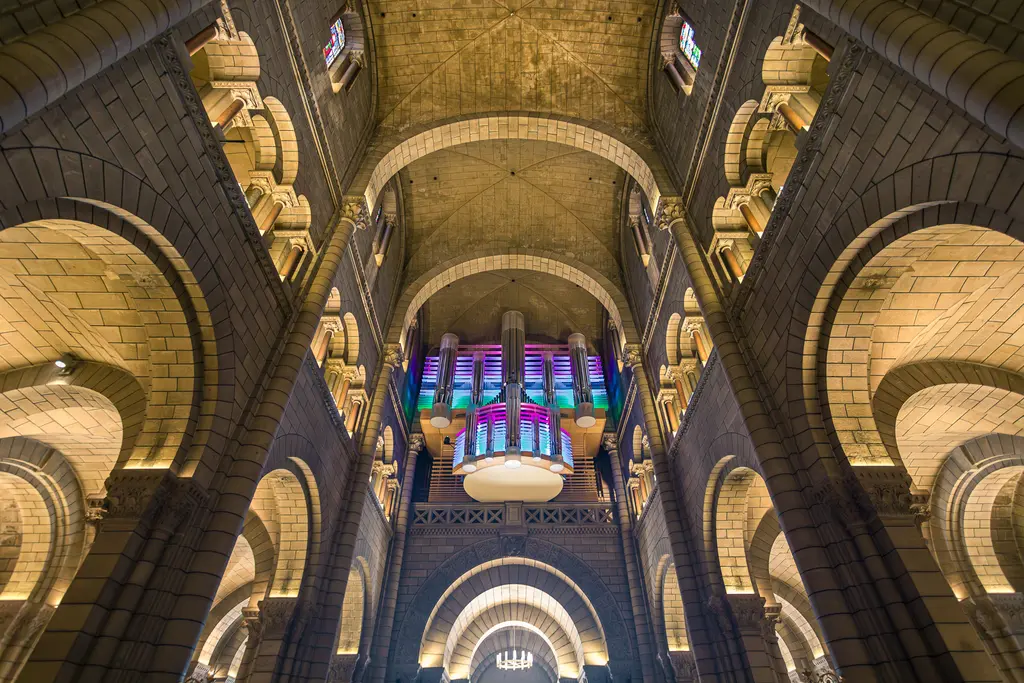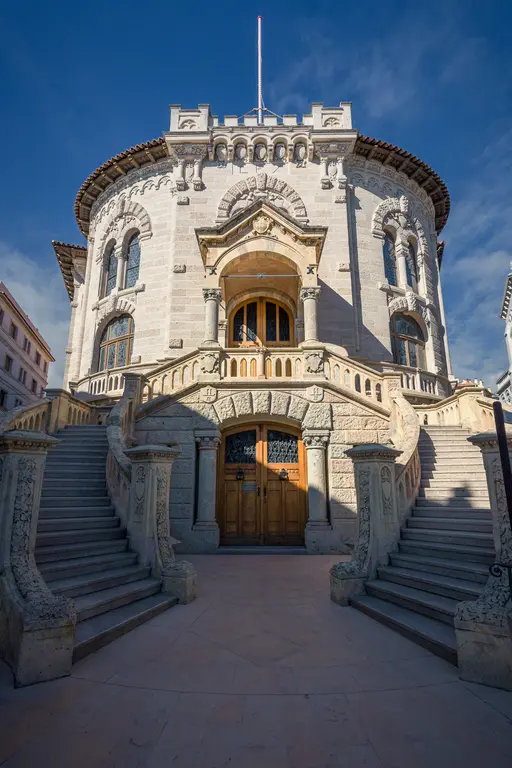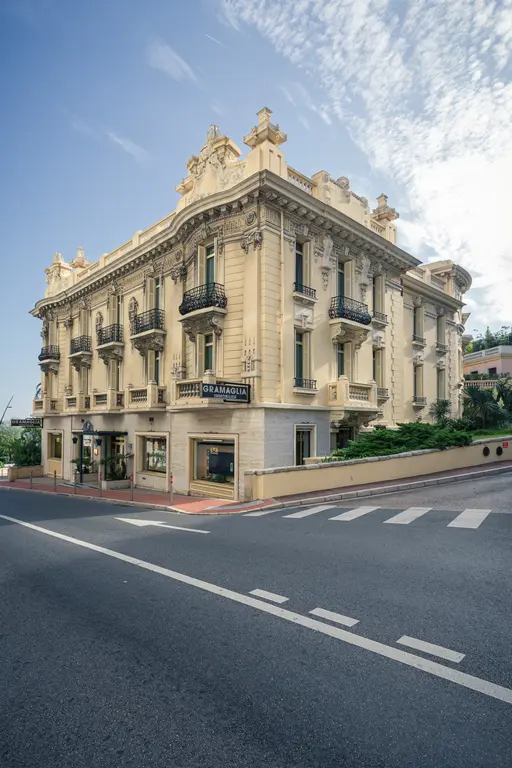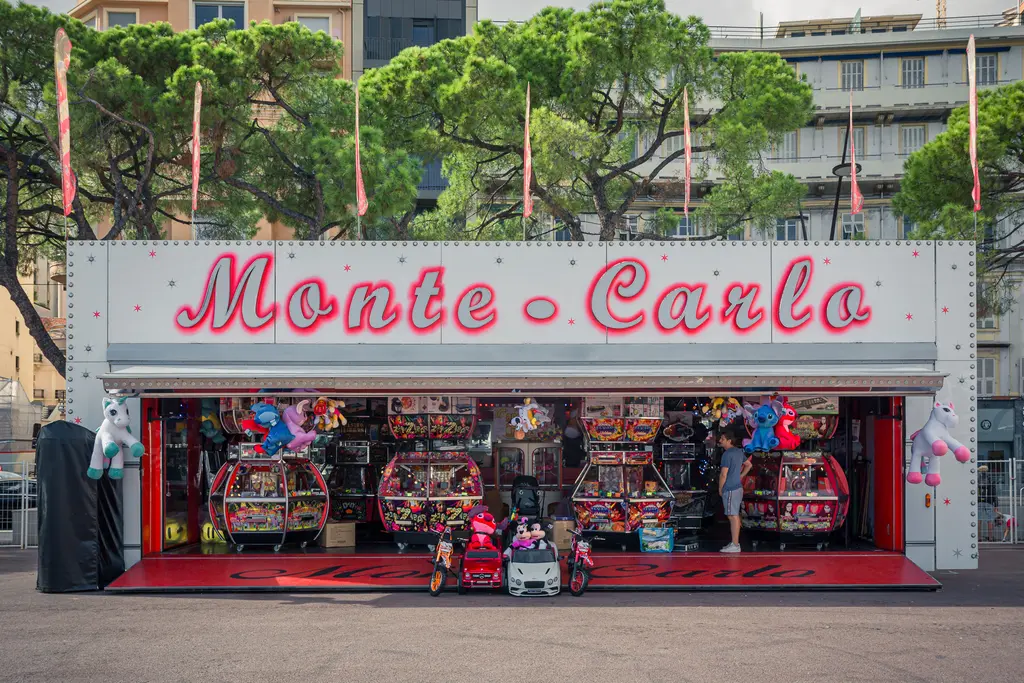Monaco, October 2022
Monaco, Monaco, October 2022
The moment I step onto Monegasque soil, I feel it: the air is thick with gasoline! This is sacred ground—the heart of Formula 1, the mecca of motorsport! My pulse quickens. Any second now, I expect a race car to scream past me at full throttle, but… nothing. Just an elderly man crossing the street with a shopping bag. Strange. Maybe there’s a Safety Car on track?
I rush to the casino, but instead of pit crews changing tires in record time, I see only sleek limousines pulling up, elegant people stepping out. None of them are wearing helmets. I briefly consider asking someone what lap we’re on but decide to move on to the legendary Loews hairpin instead. It has a different name now, but that doesn’t matter. Surely, they must be here! I position myself at the edge of the curve, camera ready—and wait. And wait. After what feels like an eternity, a taxi rolls past. Just a regular taxi. No sparks, no flying debris. I start to feel uneasy.
At the harbor, hope flickers! Yachts as big as team hospitality trucks! Of course—these must be the drivers’ paddock boats! I scan the decks for Verstappen or Leclerc, but all I see are unfamiliar faces holding champagne glasses. Odd.
My heart races again as I make my way to the Swimming Pool Chicane. But here, too—no curbs, no roaring engines. Just a quiet public pool. Doubt creeps in. This is Monaco, isn’t it?
Determined, I climb up to the palace, hoping for a glimpse of race action from above. But all I see is the peaceful panorama of the city. Where’s the smoke from burning rubber? Where are the daring overtakes? I wander through the narrow streets toward the cathedral, and slowly, a terrible realization dawns on me:
There’s no race this weekend.

